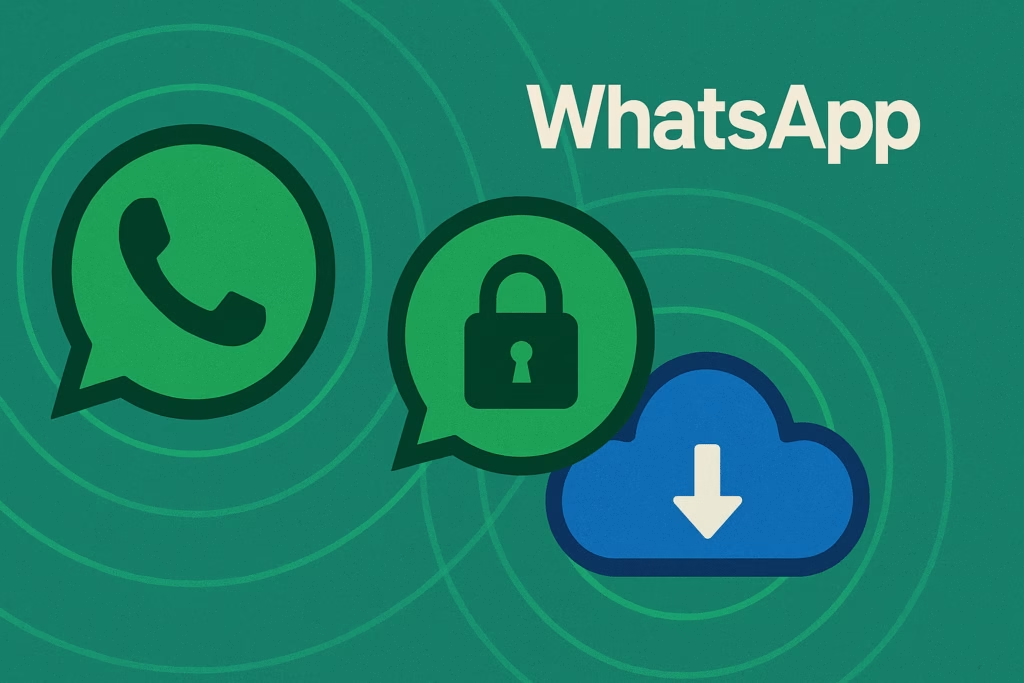
Banking phishing scams represent one of the most dangerous and prevalent cybersecurity threats facing American consumers today. These sophisticated attacks specifically target your financial information, with cybercriminals impersonating legitimate banks to steal login credentials, account numbers, and personal data. According to the FBI’s Internet Crime Report, financial fraud losses exceeded $10.3 billion in 2022, with phishing attacks accounting for a significant portion of these crimes.
The sophistication of modern banking phishing attacks has reached alarming levels, with criminals creating near-perfect replicas of bank websites, mobile apps, and communication channels. Understanding how these scams operate and implementing robust protection strategies isn’t just recommended—it’s essential for safeguarding your financial future.
Understanding Banking Phishing: How Criminals Target Your Financial Data
Banking phishing scams exploit the trust relationship between you and your financial institution. Cybercriminals create convincing replicas of legitimate bank communications, websites, and mobile applications to trick customers into revealing sensitive information. These attacks have evolved far beyond simple email scams, now encompassing sophisticated multi-channel approaches that can fool even tech-savvy individuals.
Common Banking Phishing Tactics
Modern bank phishing scams employ several sophisticated techniques:
- Email spoofing: Criminals send emails that appear to come from your bank’s official domain, complete with authentic-looking logos and formatting
- SMS phishing (Smishing): Text messages claiming urgent account issues that require immediate action
- Voice phishing (Vishing): Phone calls from individuals claiming to represent your bank’s security department
- Fake banking websites: Near-perfect replicas of legitimate bank login pages hosted on deceptive domains
- Mobile app impersonation: Fraudulent banking apps distributed through unofficial channels
The Psychology Behind Banking Phishing Success
Banking phishing scams succeed because they exploit psychological triggers that prompt immediate action. Criminals create a sense of urgency by claiming your account has been compromised, suspended, or requires immediate verification. This fear-based approach bypasses rational thinking, causing victims to act quickly without carefully examining the communication’s authenticity.
Identifying Banking Phishing Attempts: Red Flags and Warning Signs
Recognizing banking phishing attempts requires understanding the subtle differences between legitimate bank communications and fraudulent ones. Banks follow strict communication protocols and rarely request sensitive information through unsecured channels.
Email Red Flags
Legitimate bank emails exhibit specific characteristics that phishing emails often lack:
- Generic greetings: Phishing emails often use “Dear Customer” instead of your actual name
- Urgent language: Phrases like “immediate action required” or “account will be closed” create artificial pressure
- Suspicious links: Hover over links to reveal destinations that don’t match your bank’s official domain
- Poor grammar and spelling: Professional banks maintain high communication standards
- Requests for sensitive information: Legitimate banks never request passwords, PINs, or full account numbers via email
Website and App Warning Signs
Fraudulent banking websites and applications often contain telltale signs of their illegitimate nature:
- Missing SSL encryption: Look for “https://” and a padlock icon in the address bar
- Suspicious URLs: Domains that closely mimic legitimate banks but contain extra characters or different extensions
- Poor design quality: Outdated graphics, misaligned elements, or broken functionality
- Unusual login requirements: Requests for additional information beyond standard credentials
Real-World Banking Phishing Examples and Case Studies
Understanding how banking phishing scams manifest in real-world scenarios helps build recognition skills and awareness. The Federal Trade Commission regularly documents sophisticated phishing attempts targeting major American financial institutions.
The Wells Fargo Text Message Scam
A prevalent banking phishing campaign targets Wells Fargo customers through SMS messages claiming unusual account activity. These messages include links to fake websites that perfectly replicate Wells Fargo’s mobile banking interface. Victims who enter their credentials unknowingly provide criminals with complete account access.
Chase Bank Email Phishing Campaign
Cybercriminals frequently impersonate Chase Bank through sophisticated email campaigns claiming account security issues. These emails direct recipients to fraudulent websites that capture login credentials, security questions, and even request photo identification uploads.
Step-by-Step Guide: Protecting Yourself from Banking Phishing
Implementing comprehensive protection against banking phishing requires a multi-layered approach combining technology, awareness, and best practices.
Immediate Protection Steps
- Enable two-factor authentication: Add an extra security layer to your banking accounts through SMS codes or authenticator apps
- Use official banking apps: Download apps exclusively from official app stores and verify publisher authenticity
- Bookmark legitimate banking websites: Access your accounts through saved bookmarks rather than email links
- Regular password updates: Change banking passwords every 90 days using strong, unique combinations
- Monitor account activity: Review statements weekly and set up account alerts for transactions
Advanced Security Measures
Beyond basic protection, implementing advanced security measures significantly reduces banking phishing risks:
- Use dedicated devices: Consider using a separate device exclusively for banking activities
- Virtual private networks (VPNs): Encrypt your internet connection when accessing banking services on public networks
- Email filtering solutions: Deploy advanced email security tools that identify and block phishing attempts
- Regular security training: Stay updated on emerging phishing techniques through cybersecurity resources
What to Do If You’ve Been Targeted
If you suspect you’ve encountered a banking phishing attempt or accidentally provided information to criminals, immediate action is crucial for minimizing damage.
Immediate Response Actions
- Contact your bank immediately: Call the official customer service number to report the incident
- Change all passwords: Update banking passwords and any other accounts using similar credentials
- Monitor accounts closely: Check for unauthorized transactions and report any suspicious activity
- Document everything: Save screenshots, emails, and any communication related to the phishing attempt
- Report to authorities: File reports with the FBI’s IC3 and your local law enforcement
Long-term Recovery Steps
Recovery from banking phishing attacks extends beyond immediate damage control:
- Credit monitoring: Enroll in credit monitoring services to detect identity theft attempts
- Fraud alerts: Place fraud alerts on your credit reports with all three major bureaus
- Account reviews: Thoroughly review all financial accounts for unauthorized access or changes
- Security upgrades: Implement additional security measures across all online accounts
The Role of Technology in Banking Phishing Protection
Modern cybersecurity technology plays a crucial role in defending against sophisticated banking phishing attacks. Advanced email security solutions, like those offered by PhishDef, provide real-time protection against evolving phishing techniques specifically targeting financial institutions.
Email Security Solutions
Comprehensive email protection involves multiple detection layers that identify banking phishing attempts before they reach your inbox. These solutions analyze sender reputation, content patterns, and link destinations to identify potential threats automatically.
Browser Security Features
Modern web browsers include built-in phishing protection that warns users about suspicious websites. However, criminals continuously develop new techniques to bypass these protections, making additional security layers essential.
Industry Statistics and Current Trends
The Anti-Phishing Working Group reports that financial services remain the most targeted industry for phishing attacks, accounting for over 23% of all phishing attempts. Banking phishing attacks have increased by 65% over the past two years, with mobile-targeted attacks showing the highest growth rate.
Particularly concerning is the rise in AI-powered phishing attacks that create highly personalized banking scams using publicly available information from social media and data breaches. These attacks achieve success rates of up to 30%, compared to 3% for traditional phishing attempts.
Key Takeaways for Banking Phishing Protection
Protecting yourself from banking phishing requires constant vigilance and proactive security measures. Remember that legitimate banks never request sensitive information through unsolicited communications, and any urgent requests should be verified through official channels.
Implement multi-factor authentication, use official banking applications, and maintain awareness of current phishing techniques. Regular monitoring of your accounts and immediate reporting of suspicious activity are essential components of comprehensive financial protection.
Technology solutions provide crucial automated protection, but human awareness remains the first and most important line of defense against banking phishing scams.
Don’t leave your financial security to chance. PhishDef’s advanced email protection specifically identifies and blocks banking phishing attempts before they can threaten your financial data. Our AI-powered detection systems stay ahead of evolving cybercriminal tactics, providing the robust protection your financial information deserves. Contact PhishDef today to learn how our enterprise-grade email security can protect you from sophisticated banking phishing attacks and keep your financial data secure.


